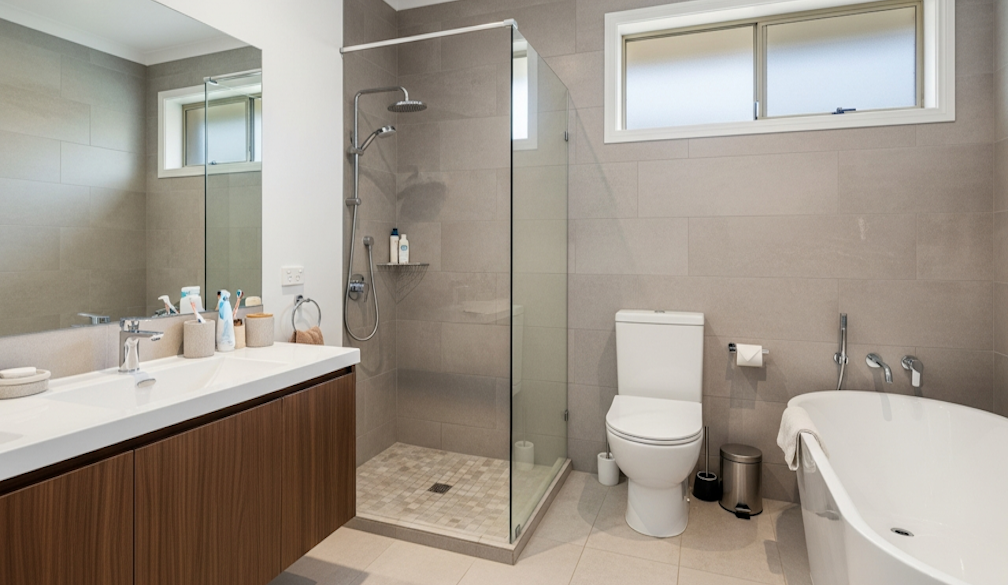The Biggest Mistakes Homeowners Make When Renovating a Bathroom
- Written by Times Media

Renovating a bathroom is one of the most rewarding upgrades you can make to your home—but it’s also one of the easiest to get wrong. Between budget blowouts, layout issues, and overlooked functionality, many homeowners find themselves dealing with problems that could have been avoided with a little planning. Whether you’re chasing a modern makeover or exploring ideas for beautiful bathroom renovations in Perth, understanding the common pitfalls can help you achieve a space that looks stunning and performs perfectly.
Not Planning the Layout Properly
A bathroom isn’t just about aesthetics; it needs to function seamlessly. One of the most common mistakes is neglecting the flow of the space. Doors that clash with vanity drawers, showers without enough turning room, or poor placement of the toilet can all create long-term frustrations.
Choosing Style Over Function
It’s easy to fall in love with dramatic tiles or a striking freestanding bath, but if these choices don’t suit the needs of your household, you may regret them later.
Underestimating the Importance of Storage
Bathroom clutter happens fast—skincare, hair tools, towels, cleaning supplies, toiletries. Yet many homeowners prioritise sleek, minimal design while forgetting where everything will go.
Ignoring Ventilation
Poor ventilation is one of the biggest causes of mould, peeling paint, musty smells, and long-term structural issues. Unfortunately, it’s also one of the most overlooked elements in DIY remodels.
Cutting Costs on Waterproofing and Trades
It’s tempting to save money on labour or materials, but the bathroom is not the place to cut corners.
Choosing the Wrong Materials
Bathrooms experience constant moisture, varying temperatures, and high-use traffic. Not all materials can handle the environment.
Forgetting About Lighting
Lighting can make or break a bathroom’s look and usability. Many homeowners rely solely on overhead lighting, resulting in shadows and uneven illumination.
Not Thinking About the Future
A bathroom renovation is a long-term investment. Some homeowners choose trends that date quickly or features that won’t support their needs as they age.
Overlooking the Details
Small details can have a big impact. Misplaced towel rails, not enough power points, toilet roll holders in awkward positions, or choosing a vanity height that doesn’t suit your household can all affect everyday comfort.
Ready to get started?
A well-planned bathroom renovation can dramatically enhance both the comfort and value of your home. By understanding the common mistakes homeowners make, you can approach your project with confidence and clarity.














